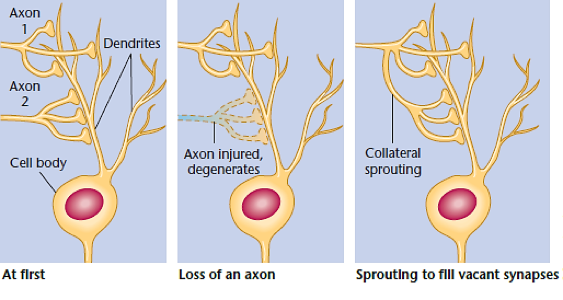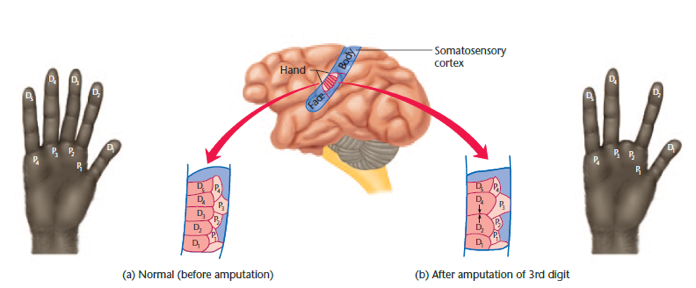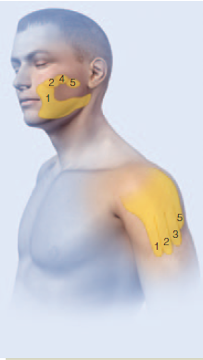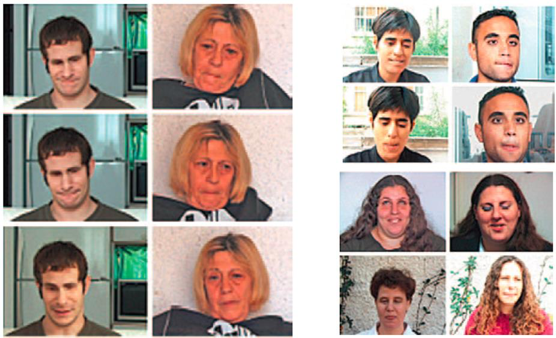
Modified: 2023-09-21 10:43 PM CDST
This chapter wraps up our look at human neurophysiology with examinations of genetics, evolution, brain development, plasticity and brain damage.


Genetics Review
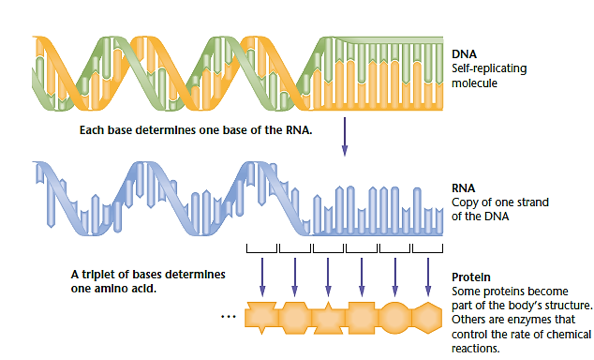
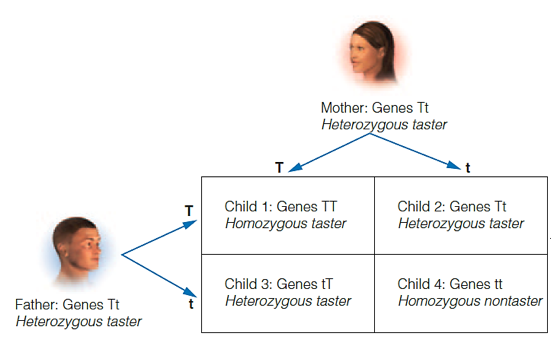
During reproduction:
Females contribute an X chromosome
Males contribute either an X or a Y chromosome that determines the sex of the child
If an X chromosome is contributed by the male, the offspring is genetically female
If a Y chromosome is contributed by the male, the offspring will be genetically male

They conclude: "What we like best about some of these findings is that they are counterintuitive. For example, who would have thought that the heritability of intelligence increases throughout development (Finding 5) or that environmental measures show genetic influence (Finding 7) or that the abnormal is normal (Finding 10)? Another feature of these findings is that each is falsifiable. For example, if major-gene effects on complex traits and common disorders are found, they would falsify the hypothesis that heritability is caused by many genes of small effect (Finding 3)."
Eugene XXXX, this obituary appeared in Milwaukee paper in 1978. Notice his inclusive fitness. The r values are the percentage of genes shared.
XXXX, Eugene Nov. 7, 1978. Born Sept. 4, 1871 West Point, Miss. Age 107 years. Beloved husband of Viola, dear father of W. C.(Louise), Robert (Lorine) of Arkansas, Johnnie (Corine) of Michigan, Doris (Paul) Boozer of Ohio, Mary Black and Mary (Roth) Bryant both of Iowa, Rosie Reed of Michigan, Alice (Abraham) Crawford. Also surviving 40 grandchildren, 55 great grand- children, 3 great great grand- children, other fond relatives. In state Fri. after 1 p.m. O'BEE FUNERAL HOME. 2400 W. Center St. Vigil 7-8 p.m. Funeral at Sat. 1 p.m. O'Bee Chapel, Burial Evergreen Cemetery.
Eugene's inclusive fitness*:
| Relatives | r value |
Product |
| 7 sons and daughters | 1/2 |
3.5 |
| 40 grandchildren | 1/4 |
10 |
| 55 great grandchildren | 1/8 |
6.875 |
| 3 great great grandchildren | 1/16 |
0.1875 |
| Total | 20.5625 |
|
| Replacement | ||
| 2 sons and daughters | 1/2 |
1 |
| 4 grandchildren | 1/4 |
1 |
| 8 great grandchildren | 1/8 |
1 |
| 16 great great grandchildren | 1/16 |
1 |
| Total | 4 |

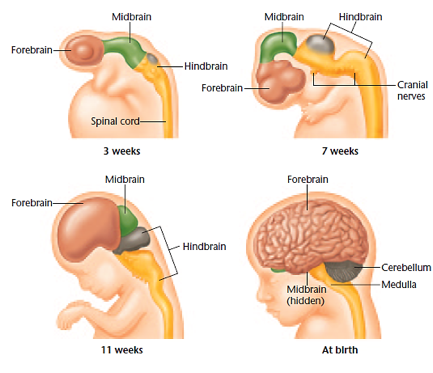
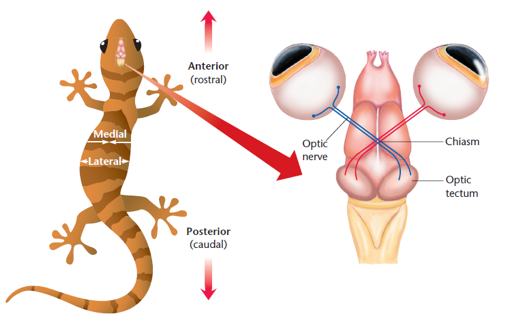
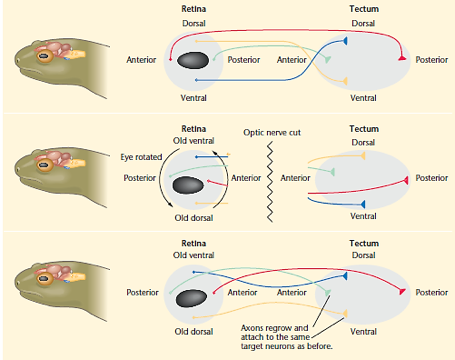
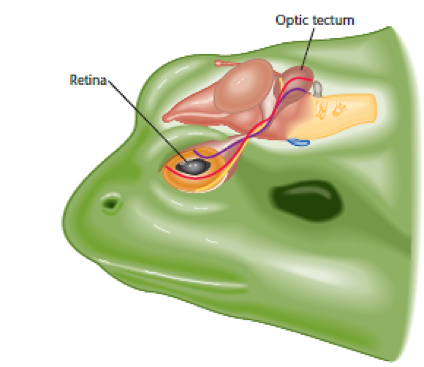
Early stages of brain development are critical for normal development later in life
A mutation on one gene can lead to many defects
Chemical distortions in the brain during early development can cause significant impairment and developmental problems
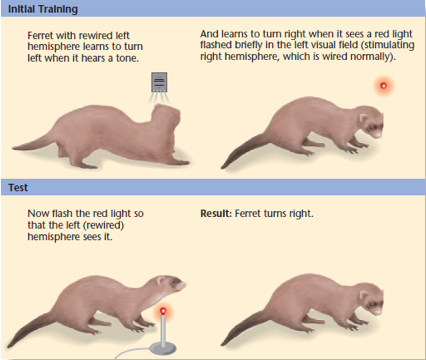
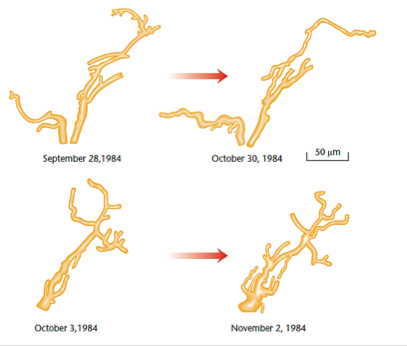

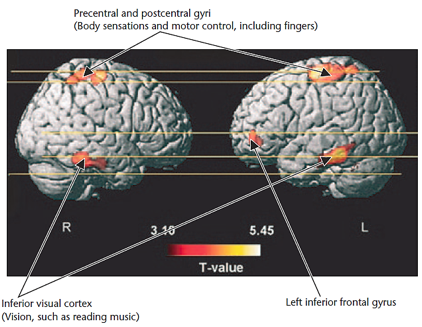
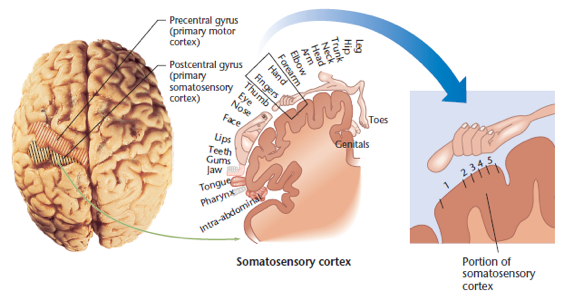
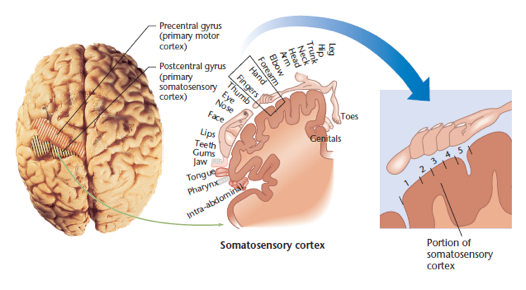

a) stroke followed by immediate death, b) stroke followed by long life (note cavities on left side), c) gunshot wound and immediate death
